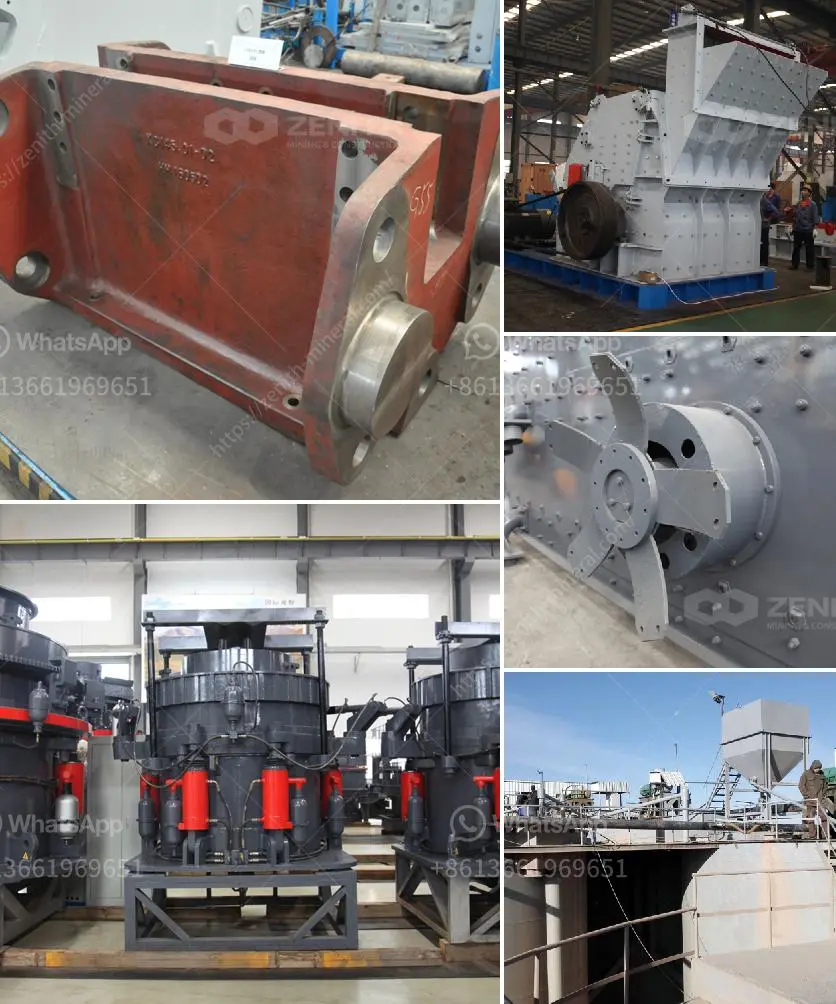Water recycling systems are essential for granite cutting and processing, as they help reduce water consumption, minimize waste, and reduce environmental impact. Here's an overview of systems that are commonly used in this industry:
-
Settling Ponds:
- Function: These are large basins where the slurry from cutting operations is allowed to settle. The heavier particles sink to the bottom, allowing clearer water to be decanted from the top.
- Advantages: Simple and low-cost solution; can handle large volumes of water.
- Disadvantages: Requires significant space and regular maintenance to remove accumulated sludge.
-
Closed-Loop Water Recycling Systems:
- Function: These systems clean and reclaim water from the cutting process, allowing it to be reused continuously. They often involve multiple stages of filtration and treatment.
- Components: May include settling tanks, hydrocyclones, filter presses, and/or centrifugal separators.
- Advantages: Highly efficient at water conservation, reducing the need for freshwater intake.
- Disadvantages: Higher initial investment and maintenance costs.
-
Filter Press Systems:
- Function: These devices separate solids from liquids under pressure. The water is reclaimed, while the solids (sludge) are compressed into cakes for easy disposal.
- Advantages: Effective at removing particles, resulting in high-quality recycled water; reduces waste volume.
- Disadvantages: Requires periodic cleaning and maintenance; initial setup can be expensive.
-
Hydrocyclone Systems:
- Function: These use centrifugal force to separate dense particles from the water, allowing the clarified water to be reused.
- Advantages: Compact and efficient at separating particles.
- Disadvantages: Not as effective for very fine particles; often used in combination with other systems.
-
Membrane Filtration:
- Types: Includes microfiltration, ultrafiltration, and reverse osmosis.
- Function: Uses semi-permeable membranes to remove particles and contaminants from the water.
- Advantages: High level of filtration resulting in very clean water; can remove small particles and some dissolved substances.
- Disadvantages: High capital and operational costs; membranes may require frequent cleaning or replacement.
-
Flocculation and Coagulation:
- Function: Chemicals are added to the water to bind small particles into larger ones, which can then be more easily removed by filtration.
- Advantages: Improves the efficiency of other filtering systems.
- Disadvantages: Additional chemical handling and potential for chemical residues.
Choosing the right water recycling system depends on the specific needs of the granite processing operation, such as the volume of water used, space availability, budget, and regulatory requirements. It is essential to evaluate the balance between operational efficiency, cost-effectiveness, and environmental impact when selecting a system. Consulting with water treatment experts can help identify the most appropriate solution for a given facility.

